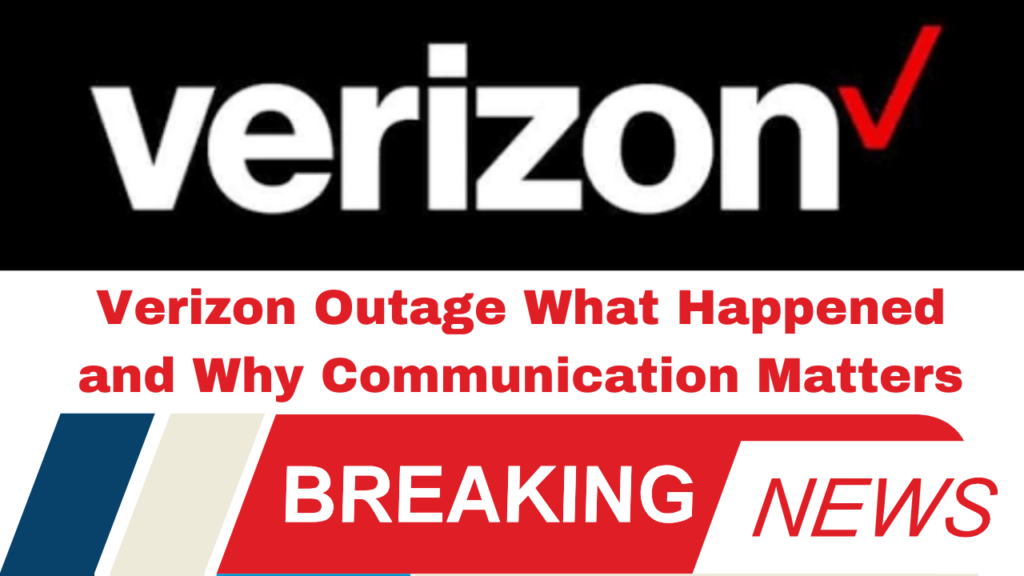Verizon experienced a significant outage that disrupted service for customers across the United States. While the exact number of affected users remains unclear, the company serves over 114 million customers nationwide. Reports began flooding in mid-morning on DownDetector.com, a site that tracks service outages based on user feedback. At the peak of the incident, there were over 100,000 reports, highlighting the scale of the disruption.
As a Verizon customer, I can personally attest to the inconvenience. My iPhone displayed “SOS” for most of the day, and at times, a small satellite icon appeared, indicating that I could access Apple’s Emergency SOS via satellite. Fortunately, I didn’t encounter any emergencies, but the frustration of being disconnected was palpable.
Lack of Communication A Major Concern
What made the situation even more frustrating was Verizon’s inadequate response. Throughout the day, the company’s only communication was a vague acknowledgment of the issue: “We are aware of an issue impacting service for some customers.” This lack of transparency is unacceptable for a company of Verizon’s stature. When a telecommunications giant encounters problems, it has a responsibility to inform its customers, who rely on their services for essential communication.
In today’s digital age, effective communication is crucial, especially for a service that millions depend on daily. While some may argue that a single outage won’t drive customers to switch providers, it’s essential to recognize that neglecting customer communication can have lasting repercussions. Just because customers may tolerate an issue doesn’t mean they shouldn’t be treated with respect or provided with clear explanations.
After service was restored, Verizon’s only communication was a brief post on X (formerly Twitter), stating that their engineers had resolved the disruption. They recommended restarting devices for those still experiencing issues and offered a vague apology for the inconvenience. However, customers deserved more an explanation of what went wrong and how it would be prevented in the future.
This incident is not an isolated event. Just days before the outage, Verizon sent emails to customers notifying them of impending changes to wireless plans that include Disney Plus, creating discomfort among users. This pattern of inadequate customer service raises concerns about the company’s commitment to its user base.
Throughout the day of the outage, the only message I received from Verizon was a promotional text urging me to sign up for a 30-day free trial of Verizon Cloud. This felt tone-deaf in the context of widespread service disruption. Customers expect communication and support during outages, not marketing promotions.
Verizon’s recent outage serves as a stark reminder that in the telecommunications industry, customer communication should be a top priority. When problems arise, companies must prioritize transparency and engagement to reassure their users. An effective response is not only about restoring service but also about rebuilding trust. Verizon must recognize that treating customers with respect and providing timely information is essential for maintaining loyalty in a competitive market.
